Costa Rica: San Jose
Objavljeno: 15.06.2018
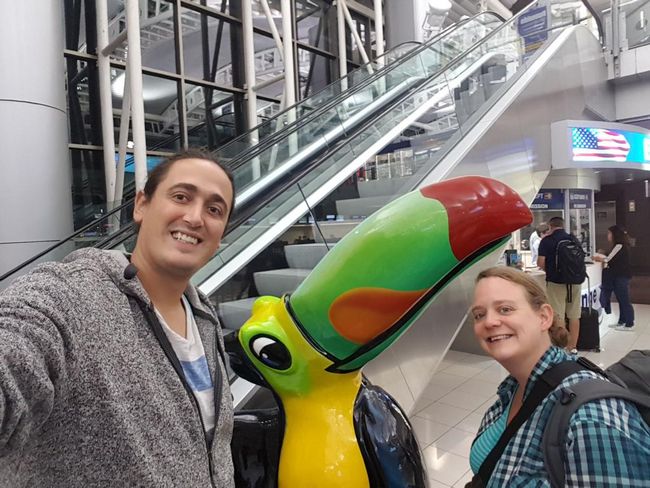
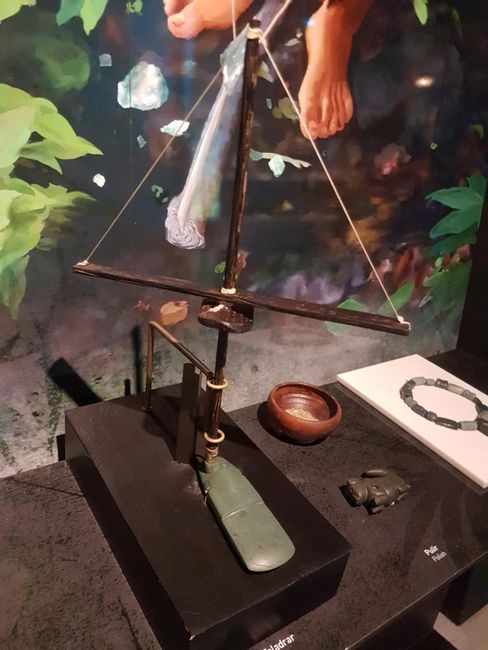
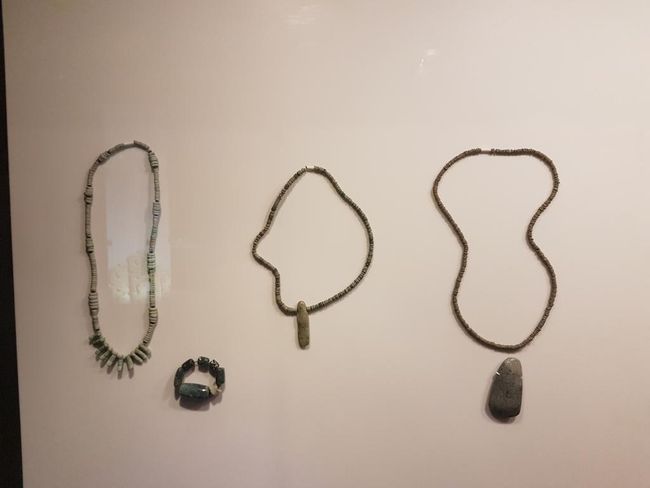
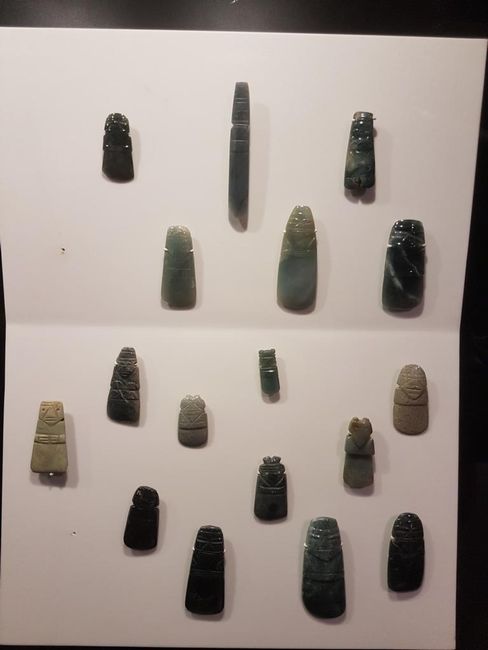
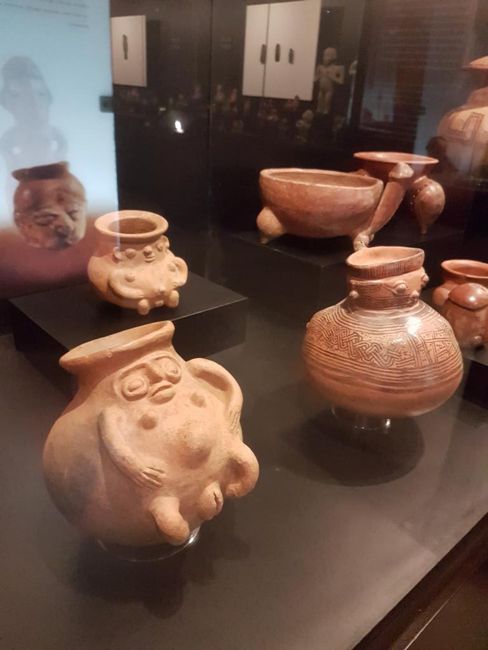
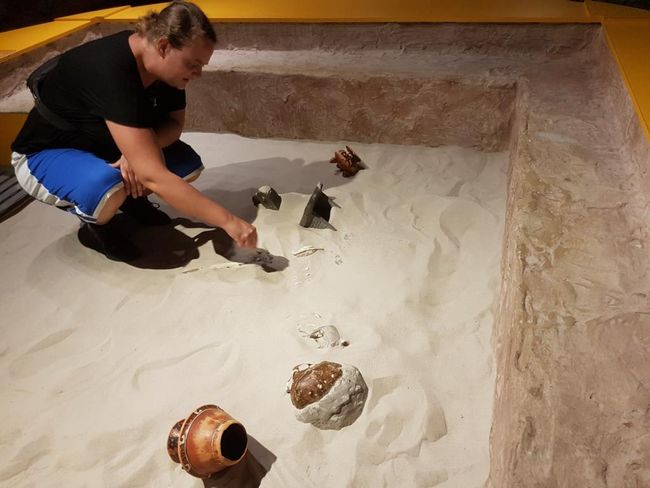
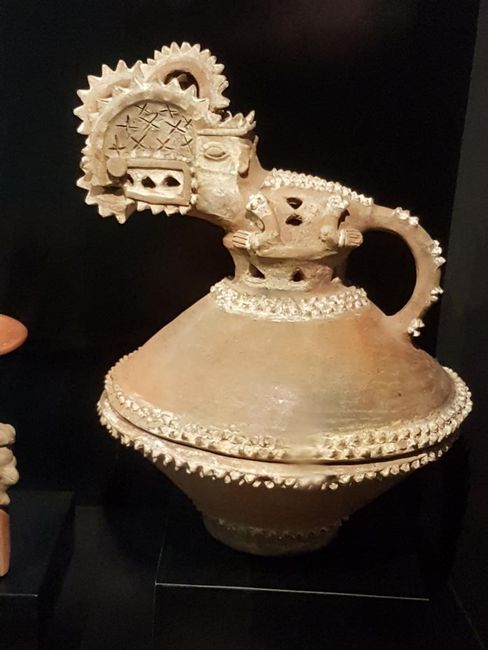
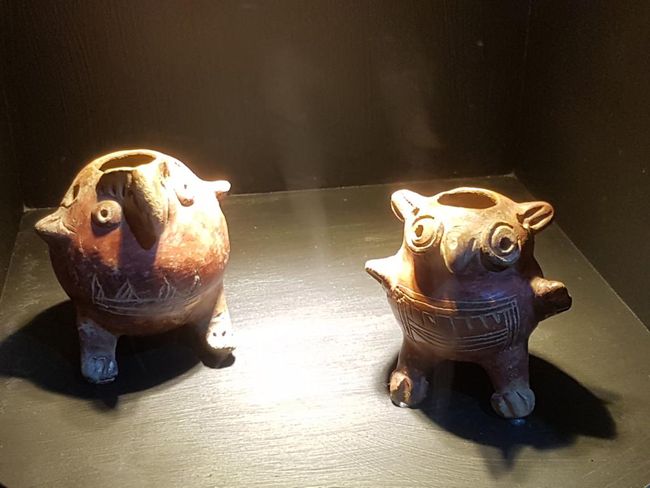
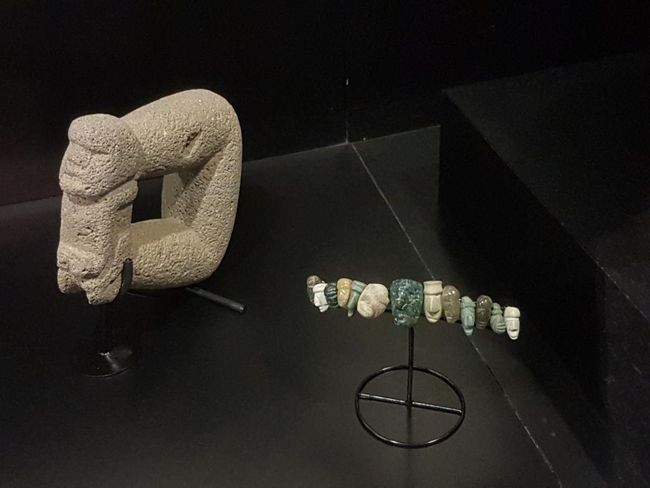
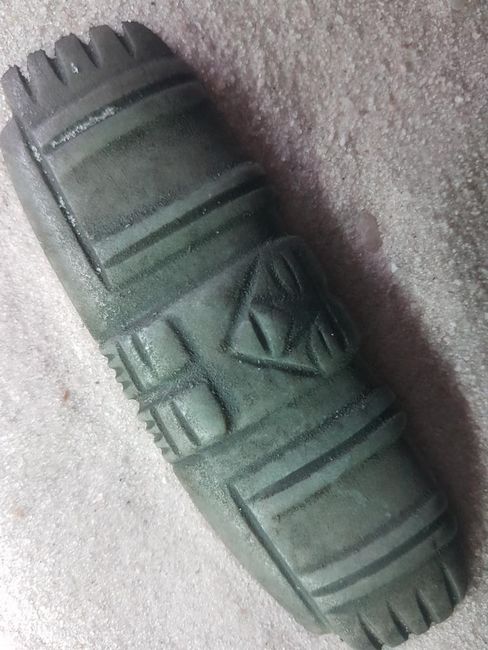
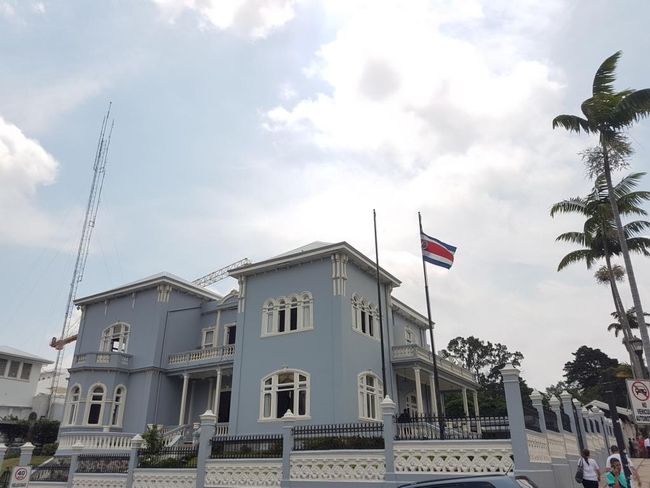
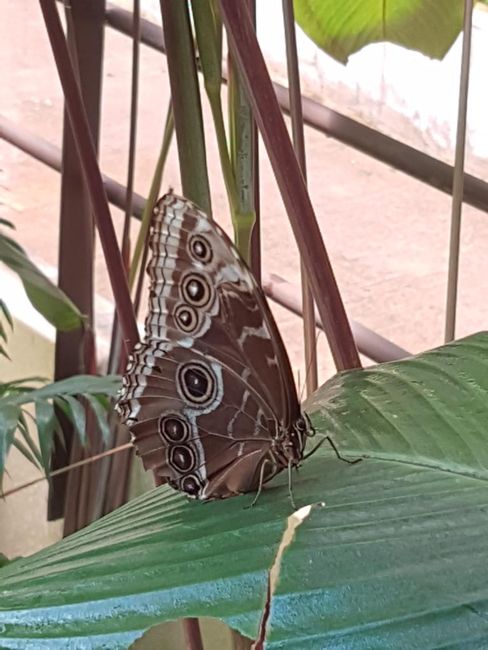
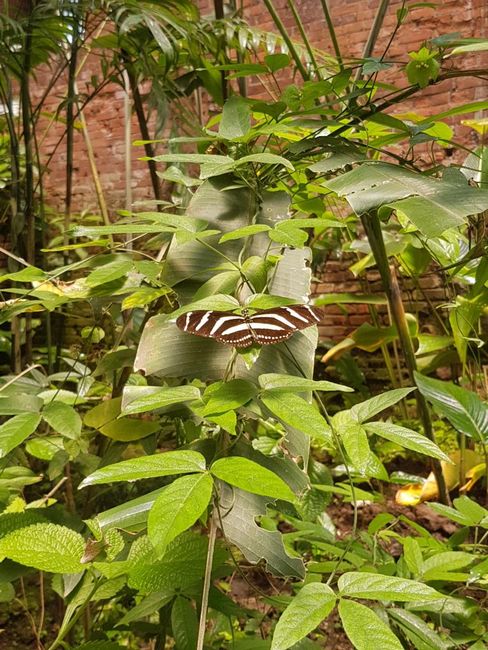
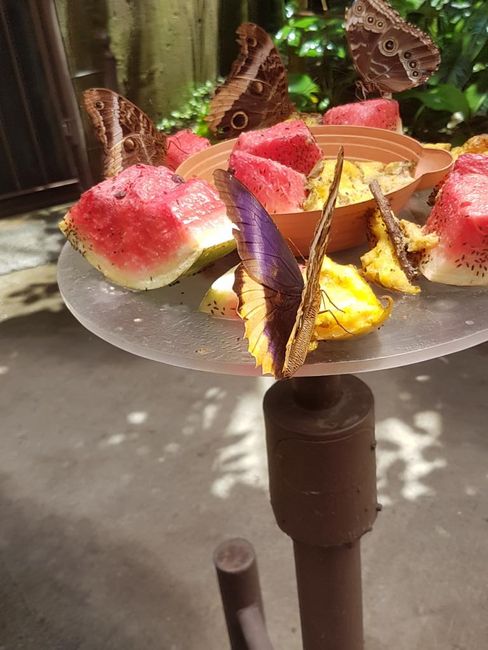
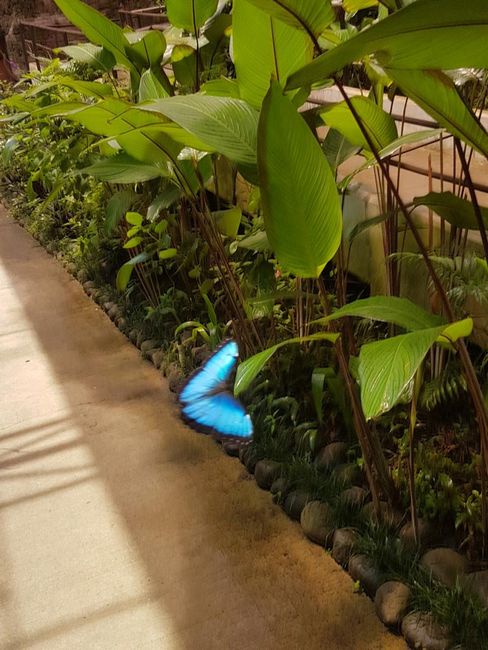
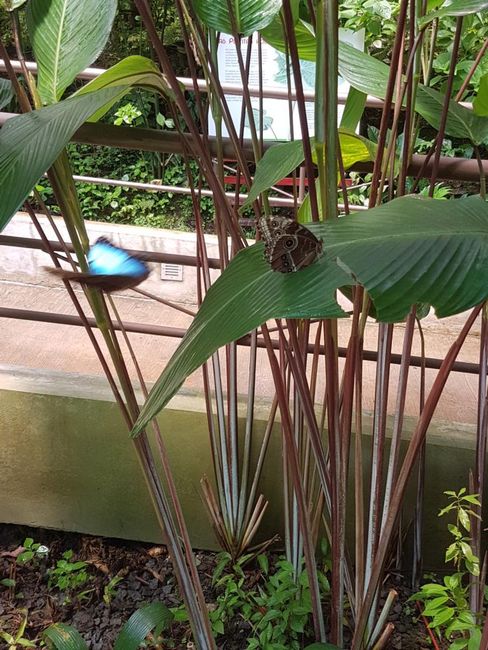
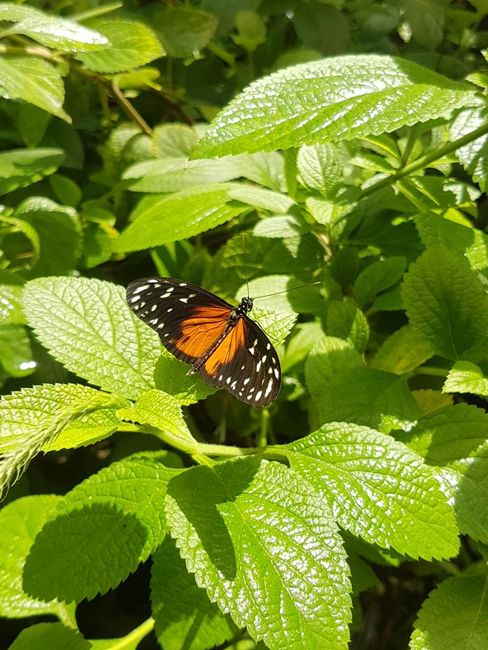
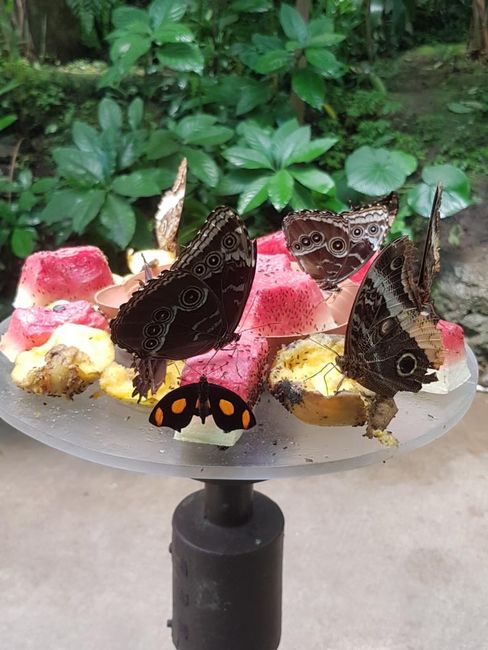
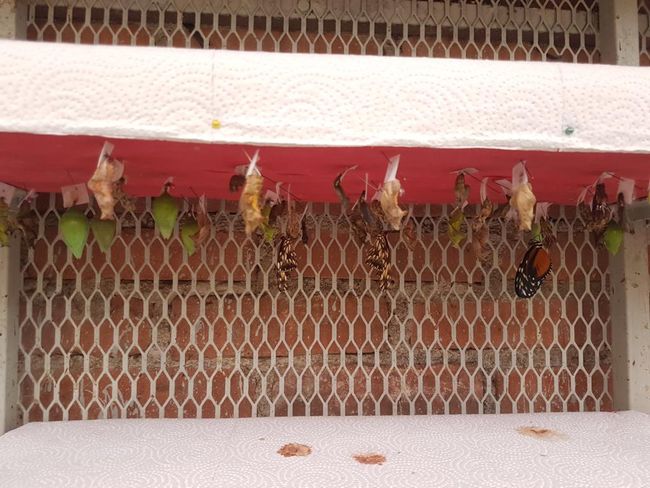
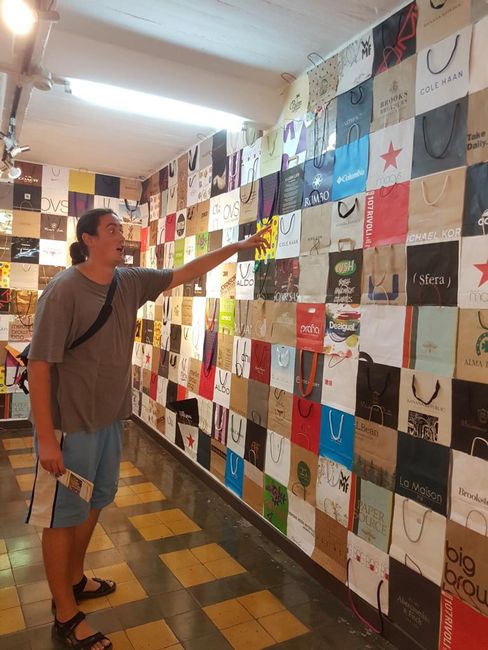
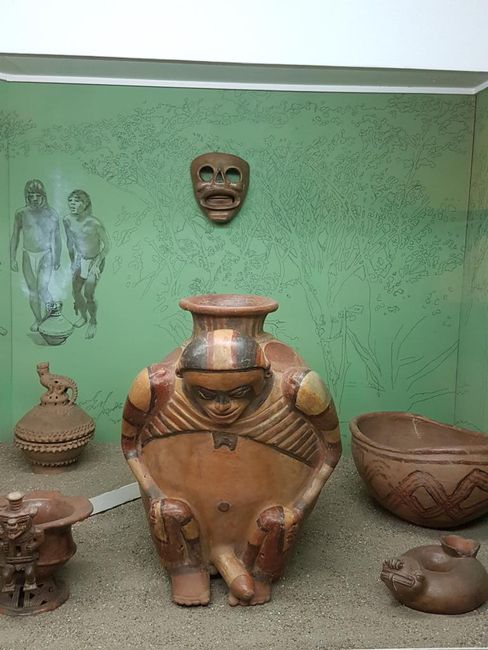
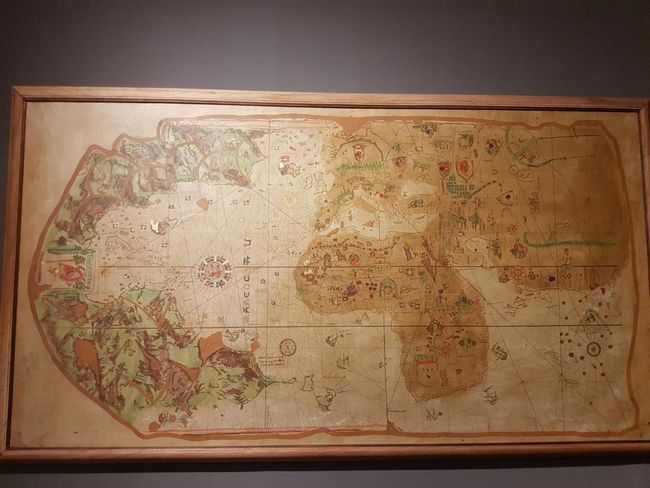

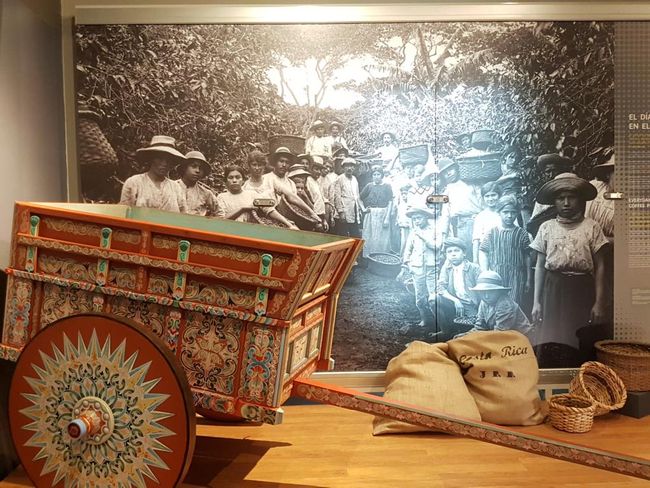
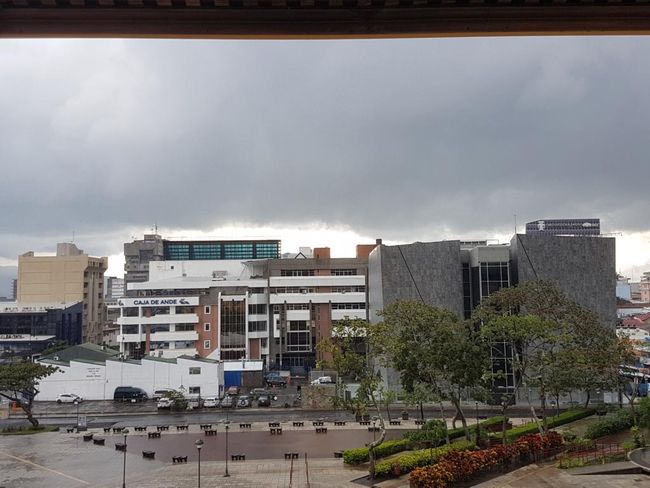
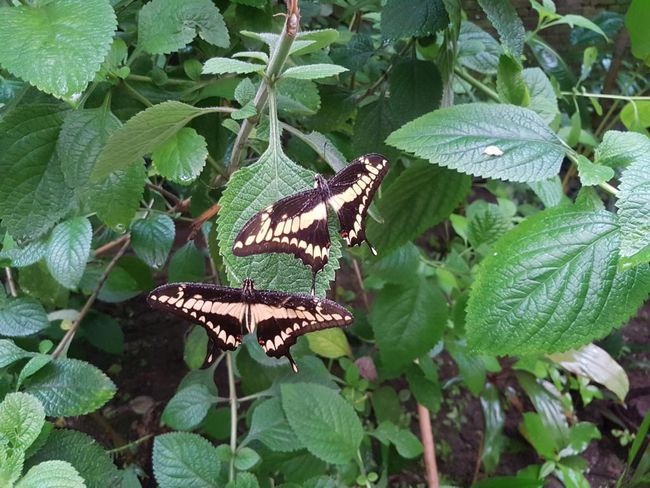
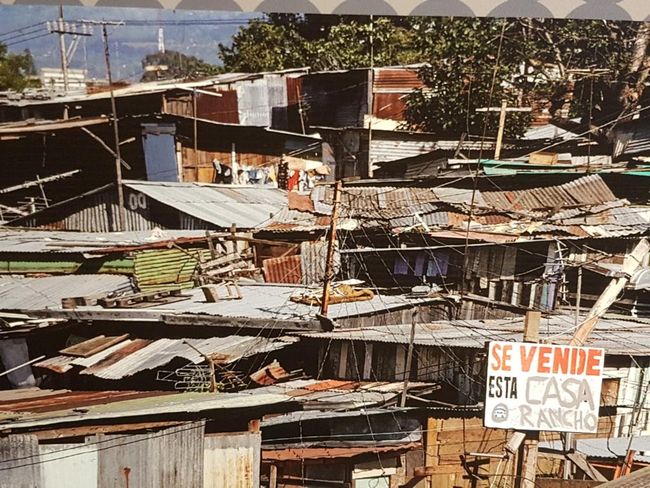
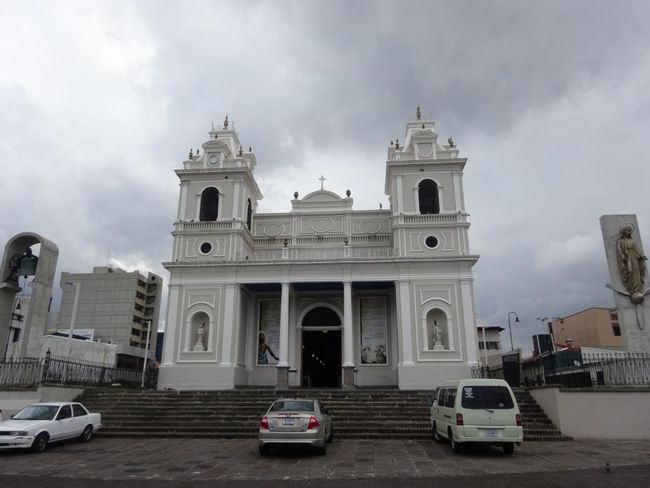
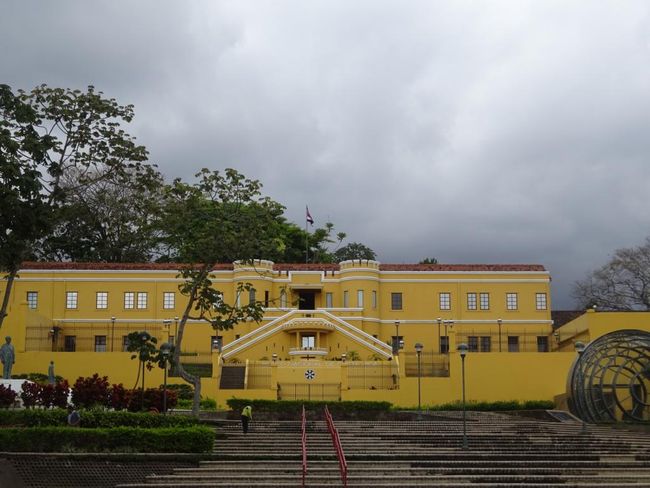
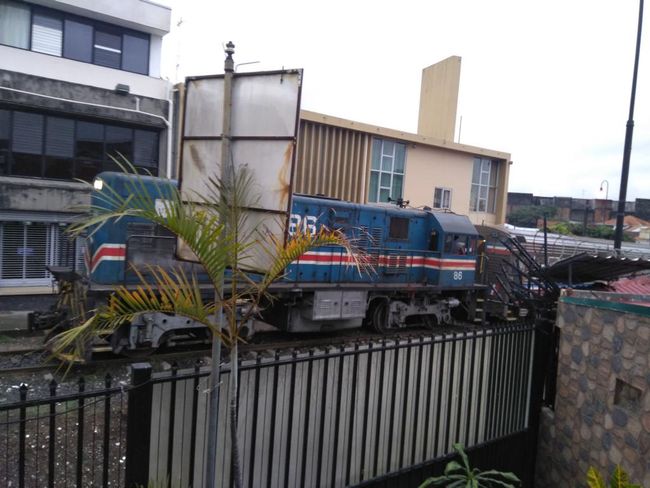
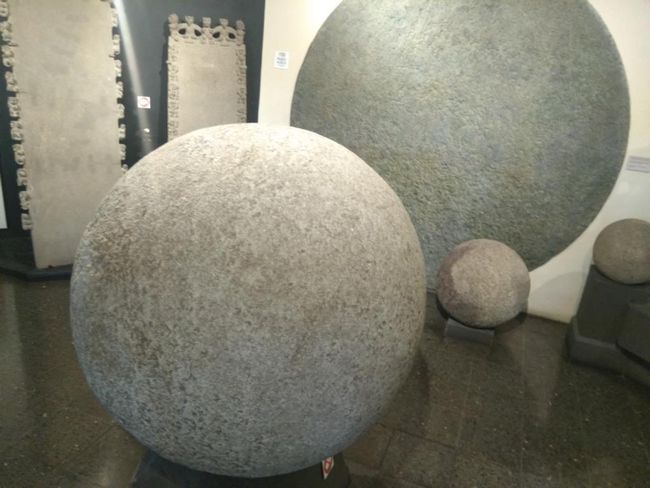
Naročite se na glasilo
Fortunately, the return journey from Quetzal National Park was much easier than the way there. One reason is that I was awake, fresh, and rested, and it was also daytime with very little traffic, so we got through it easily. In San Jose, we returned the rental car and made our way to the city.
We had booked a hostel right in the center. The owner was already waiting for us, and we were amazed when we were greeted in Swiss German. The hostel is owned by Patrick from Gränichen and his Tica wife (unfortunately, I forgot her name again). Since Patrick is a smoker, we usually spent the evenings together on his terrace, chatting and enjoying ourselves. Interestingly, he is not allowed to smoke in his own home. Costa Rica has a strict smoking ban in all public areas, and since his house is kind of like a hotel, it is considered a public area. Ironically, there is a diesel train that passes by directly in front of his house from 5 in the morning until 10 in the evening, which travels through the whole city. Apart from the air pollution, this also has the unpleasant disadvantage that the train makes a damn loud noise. The level crossings in the city are all unsecured, so the train has to constantly honk at an ear-piercing volume. Patrick told us that when he took over the hostel, the tracks were already there, but there hadn't been any trains for years. The train only started operating again a few years ago. It actually happened that the locomotive passed by honking even at 1 a.m. at night.
But in general, in Costa Rica, you are looked at strangely if you smoke. It is not even allowed in the parking lots in front of the shopping centers. They want to present themselves as very conscientious and environmentally friendly. But every damn person drives a huge 4x4 pickup truck. What else can you expect? However, it must be said fairly that it is actually cleaner than in other places we have been. There is still trash on the ground, but significantly less than in other Central American countries. Furthermore, the standard of living seems to be relatively high. We ask Patrick how the Ticos can afford to live there when everything is so expensive. He explains that there is practically no income tax, but rather more taxes on consumption. There are also benefits and support from the state for poor families, and almost everyone can afford to buy a house.
First, we visited the Jade Museum, which has the largest collection of American jade in the world. The museum is quite large, and the exhibition is spread over 5 floors. In addition to information about the importance of jade for indigenous culture, its extraction and processing, the museum also provides general information about indigenous cultures in southern Central America and their way of life. There is also a large section with ceramic works.
The Jade Museum was very interactive. In addition to information boards, there were also videos and screens where you could play games and solve puzzles related to the topic. There were also attractions for children, such as a large sandbox where you could try yourself as a hobby archaeologist.
Secondly, we visited the National Museum of Costa Rica. The museum is housed in an old fortress that used to serve as the army headquarters. Even some cells can still be visited. Visitors enter the museum through a beautiful glass atrium with an exotic butterfly garden. The subsequent exhibition tells the history of Costa Rica from pre-Columbian times to the present day. It also addresses the current problems and challenges in the country, such as corruption, poverty and unemployment, refugee flows from Nicaragua, and environmental issues, etc. In addition, local traditions and festivals are presented. Besides the interesting exhibits and many photos, pictures, and illustrations, there is also a lot of text and very detailed information. If you want to thoroughly explore the museum, as I usually do, you will need several hours and a lot of reading patience.
It must be said that the museums in San Jose are definitely among the best in all of Central America and are really worth a visit for museum lovers and those interested in history and culture.
If I had to describe Costa Rica in one word, it would be "boring". If I had to describe it in two words, it would be "absolutely boring". Honestly, no, it didn't impress us that much. I have no idea what all the people who rave about this country find. The words of Karen, our Dutch acquaintance in Tikal, come to mind. She said she gave up on Costa Rica. Yes, that's how we felt too.
Originally, we hadn't planned to visit Costa Rica on this trip. It didn't interest us much from the beginning. I remember telling Jörg that we could come here on vacation later if we wanted to refresh our Spanish a bit. In retrospect, I'm very glad that we were here right away and can cross the country off our list. If I had come here in my hard-earned vacation later, I probably would have regretted it. I would rather go to Nicaragua again.
To be fair, it must be said that the country mainly offers national parks, wildlife observation, and beaches. We didn't visit the beaches because we had just spent the ultimate beach vacation in Honduras. And most of the animals you see here, we had already seen on our journey in other countries.
In terms of cultural offerings, the country really doesn't have much, no landmarks or significant scenic attractions, and no beautiful cities to visit.
However, it must be said that traveling here is relatively easy. There is a very good tourist infrastructure, and people in tourist areas mostly speak English. This reminds me of an anecdote from a saleswoman at an arts and crafts market we visited in San Jose: When salespeople speak to me in English, I have learned to respond in Spanish, saying that I don't speak English. The saleswoman then politely asked me in English if I spoke French... uhhh, si si, yo hablo tambien frances, pero creo es mas facil en español...
Driving in Costa Rica is also not very difficult. Although there are some bumpy roads where you will be grateful for a 4x4 drive, the overall road conditions are fine, and people drive much more decently and considerately than elsewhere. And with a rental car, you can get around really well. The country is also considered relatively safe compared to its neighbors, but of course, caution is still advised, and common sense should be used.
I would recommend this country to people who are very fond of animals or beaches and have little travel experience or are afraid to travel to other Central American countries.
Soon it was time to make our way to the airport in San Jose to board the plane to Ecuador. After 5 wonderful, interesting, exciting, thrilling, amazing, varied, and moving months, we said goodbye to Central America and the wonderful people we had the pleasure of meeting there.
Central America is really underestimated. In Europe, the prevailing opinion is that it is dangerous everywhere and that you constantly have to expect to be robbed and shot on the street. When you read the travel advisories for all Central American countries on the EDA website, it makes you sick and fills you with fear. Yes, I admit, even I myself had these prejudices and had certain fears about traveling to these countries. In fact, these prejudices are mainly spread by people who have never been there themselves.
It is true that you have to be careful, and it is certainly good to always keep the travel advisories from the EDA in mind. It is certainly not advisable to bring all your gold jewelry and carry it around in the dark on empty streets in the evening. We don't wear jewelry, watches, or expensive clothes in principle, and we are careful about openly displaying other treasures such as phones, cameras, etc. The motto is, if you look like you have nothing, you are not the primary target. Also, we rarely walk around in the evening on foot.
But it is simply not possible to always follow all the recommendations from the EDA, especially not when you are traveling in these countries for a long time. The usual advice to always have a taxi called from the hotel is contradicted at the latest when the hotel employee simply goes out onto the street and waves down the nearest taxi.
As I said, Central America is underestimated. These are really wonderful countries with a lot to offer and a lot to see and experience. 99% of the population are normal people like you and me who just want to lead a calm, orderly life and treat other people with dignity and friendliness. In addition, you will be overwhelmed by the hospitality of the locals in most places.
In any case, I take many wonderful, breathtaking, and priceless memories and experiences from this intense time and say: Hasta Luego! (See you later!)
Naročite se na glasilo
Odgovori
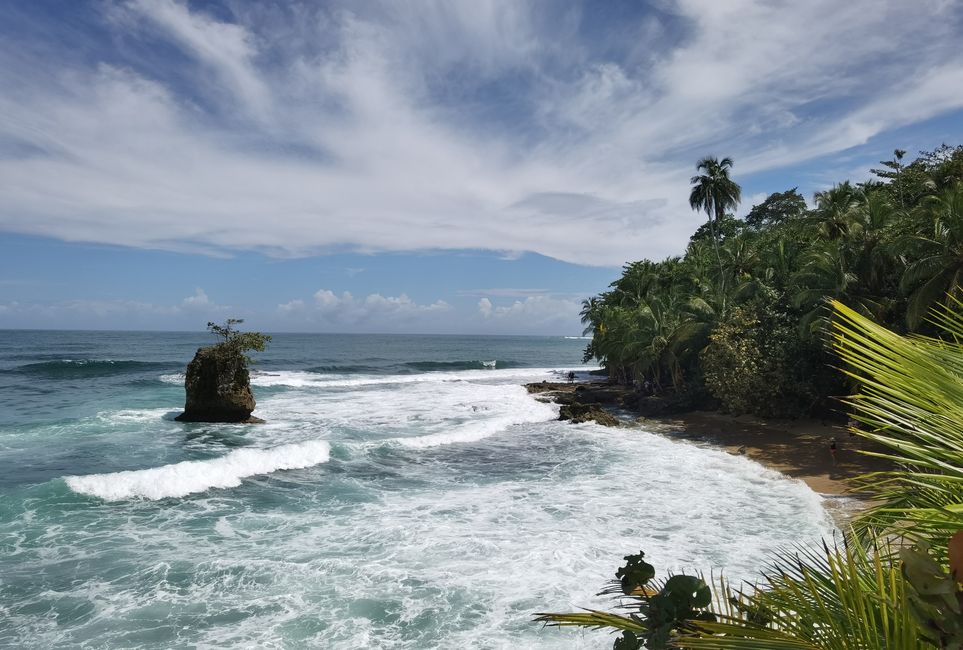
Poročila o potovanjih Kostarika

